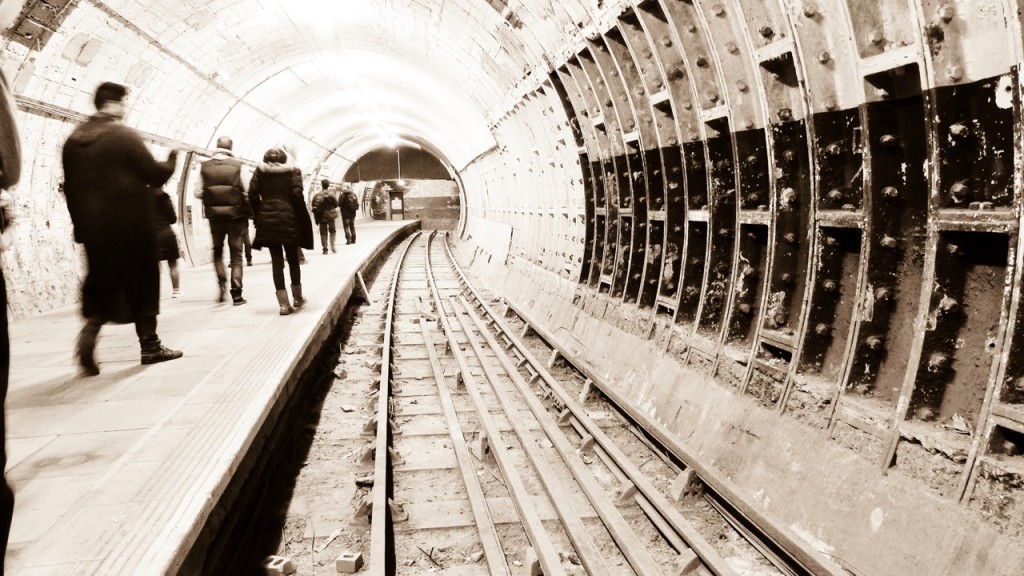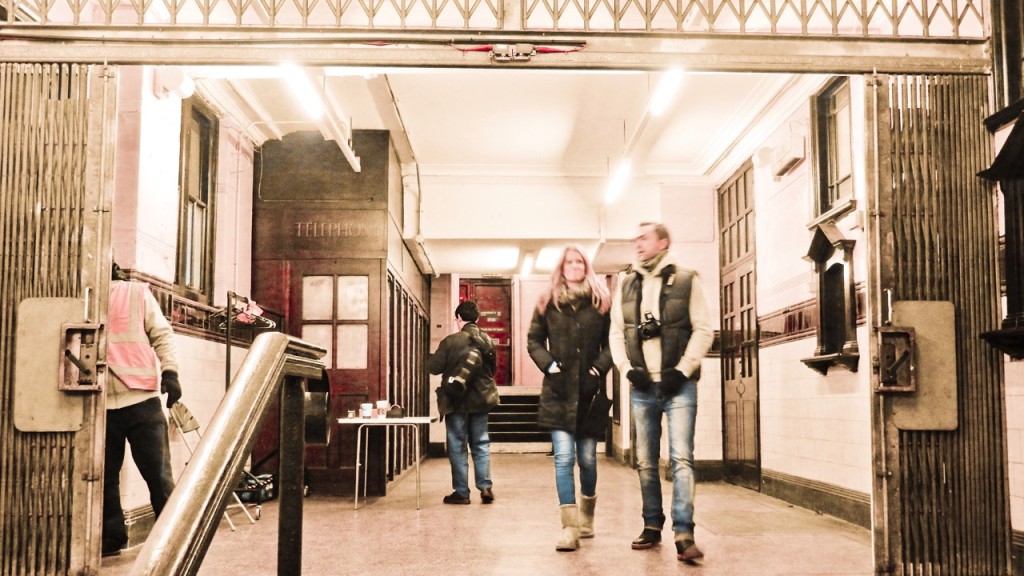Regular readers (ha!) will know that I tend to keep track (or a copy) of significant postings I make elsewhere on this site so that I have a consolidated view of my various ramblings. Don’t ask me why.
Earlier today my friend Austin sent me a link to the video embedded here. My original response was on Facebook but I’m saving it here because the video makes me smile.
Austin Scott shared this video today. It brought back so many memories. It’s funny to think that we downloaded programs from the television & radio in the way that’s shown towards the end of this video. “Stand by for the software transmission” (at 5 mins 30) is very funny but it’s really how we used to do it. Who could have foreseen the app stores? I remember recording programs from the radio which was much easier. Who had a TV that connected to a cassette recorder?
10 years after this TV programme aired, somebody asked me “why do we need email when we have the fax”? Naming no names here to protect the guilty.
Seeing the old BBC Micro really reminds me of my final years at school. My O-level computer project was to design a piece of software and I developed a contact & mailing management system. It was too great a task to undertake in BBC Basic. I finished it but only managed to submit the coursework thanks to my parents spending an evening printing the code (yes, we had to do that) and helping me file it properly. Today, I guess we’d call it CRM. If only I’d kept at it. Perhaps it could have been Salesforce.
Feel free to comment on Facebook.

